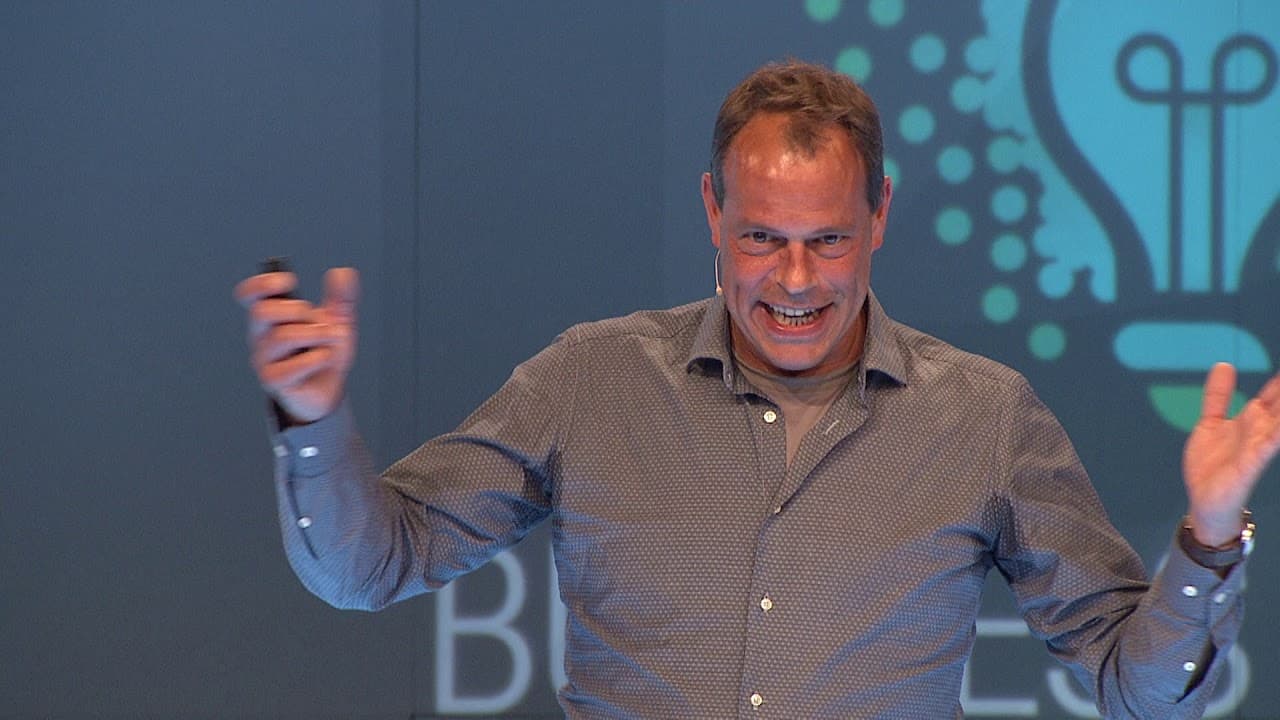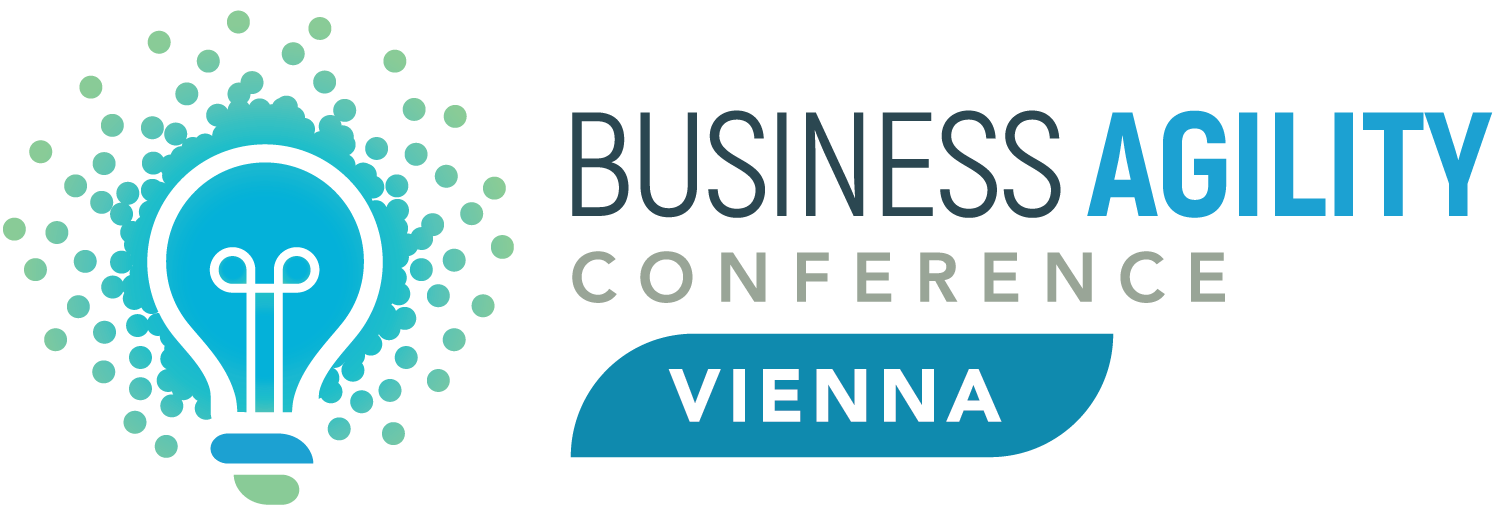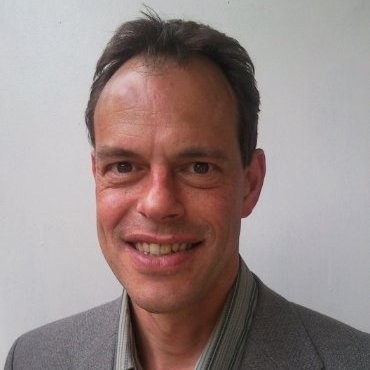Thank you, Cass, for setting the expectations high from the start! My story is just that—a story about agility. In my simple opinion, agility is based on the ability to connect, to realize that you can do nothing by yourself, that you are always dependent on others, and that value is always realized in relationships. Any objections to that?
The Music Festival – A Case Study in Agility
Let me take you to a music festival, one that I was lucky enough to be involved in from its early days. Back in 1992, we were discovering and setting it up with basically no concept at all. Fast forward to today, and the festival has been reinvented at least three times over the last 27 years. It still exists, still thrives, and has become a sustainable, well-recognized event.
Now, let’s take a look backstage.
Starting with an Ambition
Like every organization, this festival started with an ambition. But we aimed high. Our ambition was twofold:
- To establish a brand that sells tickets to audiences without informing them of the program in advance. This meant that everything we did had to be at the highest level—otherwise, no one would buy tickets the following year. Simply meeting expectations was not enough; disappointing the audience was not an option.
- To fully cooperate with government regulators, becoming the first festival in Western Europe to be completely compliant with all regulations.
That raised some big questions: How would we achieve compliance with 16 different governmental organizations, including the Justice Department, food and health departments, and more? And how would we manage the logistical challenge of building a temporary city for 60,000 people on a muddy field in just two weeks, all while meeting strict regulatory requirements?
Facing Practical Challenges
To make this happen, we had to work with 330 external suppliers. Alignment was critical—poor alignment simply wasn’t an option. There was nowhere to hide. The weather could be unpredictable, the expectations of multiple stakeholders were high, and the risks were massive. Every year, we had to ask: How satisfied are our audiences, the government regulators, shareholders, the music industry, and the press?
From Vision to Value
At the heart of our approach was the idea of ownership. People took responsibility for adding value in ways that made a difference. We encouraged experimentation—try it, fail fast, learn fast. If something didn’t work or didn’t add up, we got rid of it immediately.
But were we a highly structured organization where top-down decisions dictated every move? Absolutely not.
What Really Works
Of course, leadership is essential. But so is people-centricity. If you agree that value is created in relationships, then your focus must be on enabling people to collaborate effectively. Instead of rigid metrics and KPIs, we built close relationships with all stakeholders and relied on short feedback loops to measure satisfaction.
We weren’t cost-driven—we were value-driven. Costs weren’t an issue as long as the value created was significantly higher than the cost. Adaptability was key, and the risks were enormous—public safety, security, health concerns, weather conditions, and more. With 60,000 people coming from all over, control wasn’t an option. So how did we manage it?
Empowerment and Leadership
The first thing we did was eliminate management layers. No one looked up to a manager for instructions, because there were no managers. Instead, leadership was about empowering people to take responsibility, organize themselves, and connect with others to make things happen.
Leadership framed the bigger picture, but the people made it work.
A Simple Exercise in Collaboration
Let’s do an exercise to illustrate this. Everyone, please stand up and form a circle around your table.
Imagine you are holding an invisible ball. When you throw it to someone, you must make eye contact and ensure they are ready to catch it. Try this a few times.
Now, let’s add complexity—introduce a second ball that moves at double speed. Coordination and awareness become essential.
Now, let’s take it to the next level. The outer ring of tables represents stakeholders—government regulators, police, health and safety officials, shareholders, partners, sponsors, and the music industry. The inner circle represents the festival’s internal organization.
Our job is to ensure the satisfaction of the external stakeholders. Every handover—every throw—must be made with care, ensuring the next person is ready. Without proper handovers and feedback loops, nothing works.
The Role of Leadership
Leadership in our organization wasn’t about telling people what to do. If I dictated instructions to everyone, they would constantly come to me for guidance. Instead, leadership meant trusting people to use their potential, intelligence, and creativity to organize themselves.
We set a clear deadline—everything had to be operational, tested, and government-approved within two months. Failure wasn’t an option. But the "how" was up to the people.
The Takeaway
The key lesson? You don’t need rigid structures, excessive management, or predefined solutions. What you need is trust, empowerment, and alignment around a shared purpose.
And now, I think we should start a new festival right here in Vienna—because why not?
Thank you, and good luck!



 The pop music industry has one big advantage over other businesses… it is formed around the principles of scrum teams. As any pop band is in essence a scrum team; multidisciplinary simultaneously in a shared heartbeat with fast and effective feedback loops between team members and their stakeholders. Knowing that everyone is mutual dependent for success, while facing hard deadlines and strong competition. (not coincidentally, the Spotify model has the same industry background). And then…?
The pop music industry has one big advantage over other businesses… it is formed around the principles of scrum teams. As any pop band is in essence a scrum team; multidisciplinary simultaneously in a shared heartbeat with fast and effective feedback loops between team members and their stakeholders. Knowing that everyone is mutual dependent for success, while facing hard deadlines and strong competition. (not coincidentally, the Spotify model has the same industry background). And then…?